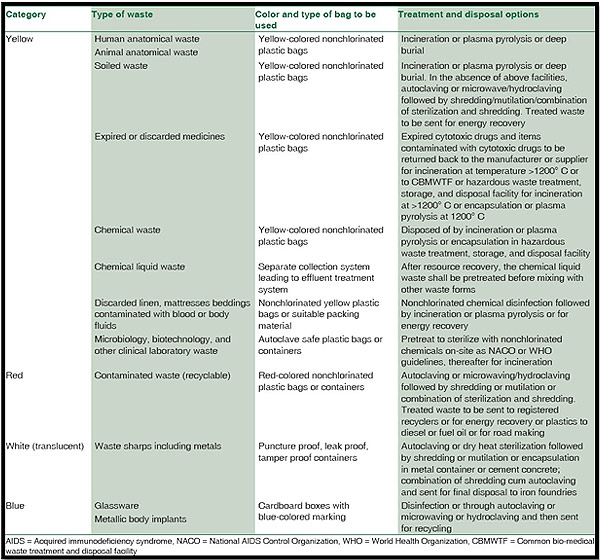Reclaim Waste - The Facts
Wiki Article
Reclaim Waste - The Facts
Table of ContentsThe Definitive Guide to Reclaim WasteNot known Details About Reclaim Waste The Reclaim Waste PDFsWhat Does Reclaim Waste Mean?Reclaim Waste for BeginnersAbout Reclaim Waste

Never ever put damaging materials down sinks, bathrooms or stormwater drains pipes Substances including petrol, oil, oil, pesticides and herbicides, and solvents such as paint strippers must not be put down sinks, bathrooms or stormwater drains. These compounds are tough to remove in the sewer treatment process and trigger pollution troubles in our local waterways.

Although liquid waste is a term that covers a wide selection of materials, there's a good reason that leaving its disposal to the experts is suggested. Fluid waste is non-solid product that has no additional use and should be treated and dealt with according to regional, state and government laws.
Unknown Facts About Reclaim Waste
Instances of liquid waste can include wastewater, fats, oils or oil, made use of oil, fluids, solids, gases or sludges and harmful household fluids, there are some that are taken into consideration to be extra unsafe than others when it comes to the setting and the wellness of pets and humans alike. It's therefore that each state and region have actually stringent policies connected to liquid waste monitoring.Fluid waste can be kept in holding tanks or packaged in drums, intermediate mass containers or approved tiny containers prior to either being treated or gotten rid of via outsourced vacuum vehicles. Given the nature of the products, fluid waste can not enter the general waste stream and there are stringent laws on just how to dispose of it appropriately.
(https://allmyfaves.com/reclaimwaste1?tab=Reclaim%20Waste)Relying on a resolution of the level of risk, it might be required to remediate those websites. In addition, hazardous liquid chemical wastes are managed waste and should be tracked according to the state waste regulation. Under the chain of custody and duties, owners are liable and responsible for waste generated by a business.
Among the core applications for superabsorbent polymers (SAPs) is fluid waste solidification. liquid waste removal. SAPs are used by waste monitoring experts to avoid potentially hazardous fluids from getting in rivers, groundwater aquifers, and various other sensitive settings. Since liquids can quickly carry pollutants into environmental receptors and potentially add to geotechnical failures, fluid wastes are often forbidden from disposal in garbage dumps
The 7-Second Trick For Reclaim Waste
Basically, complimentary liquids are liquids that divide from the strong section of waste material. Fluid waste can include the following: HDD mud and cuttings Garbage dump leachate Wastewater treatment sludge & biosolids Dug up sediments Oil and gas drill cuttings Clearing up pond muck Hydro Excavation slurry Coal burning residuals/ash Storage tank base sludge Concrete grinding/polishing slurry Associated Article: For a useful example of free fluids separating from waste material, think about the following scenario: A waste management professional tons a dump truck with sludge from a wastewater treatment plant's aeration basin, during a routine maintenance event.However, when the motorist reaches the landfill, he notices water leaching from the sludge and putting from the dump vehicle. The lots was turned down by the landfill and the motorist was compelled to dispose of the waste as a liquid waste at an unique center, which enhanced the disposal fees enormously.
The globe is sinking in rubbish and we can not manage to be untrustworthy anymore. We need to do something about it and reuse whatever we can anywhere we can. We also require to be in charge of the correct disposal of our waste materials. It is insufficient that we pay garbage disposal firms to take treatment of our rubbish.
The 8-Second Trick For Reclaim Waste

The dreamland is an excellent outside room with plenty of sunlight and air. Segregate your waste. Segregating your waste can begin inside the home. Segregate completely dry and liquid waste along with edible waste, biodegradable and non-biodegradable products. Always maintain the lid on your bins to stay clear of pests, worms, flies, and undesirable smells.
Layer the bottom with soil to soak up the damp waste. Layer the garden compost with damp and completely dry waste as well as dirt to preserve an equilibrium in between the wet and the dry.
Everything about Reclaim Waste
Cover the garden compost bin. Once a week, include dirt on top of the compost. To facilitate faster disintegration, you can likewise include semi composted soil to the garden compost. Maintain the compost. If you discover the scent is becoming as well strong, add added papers and paper waste or include more openings to the garden compost bin to maintain the equilibrium of the waste materials.The globe is sinking in rubbish and we can not pay for to be careless any longer. We need to take action and reuse whatever we can wherever we can. We likewise need to be responsible for the appropriate disposal of our waste products. It is insufficient that we pay waste disposal companies to look after our rubbish.
Our waste, our obligation. Have you ever before browse around these guys questioned what takes place to your liquid waste after it's accumulated? Did you recognize that fluid waste can be recycled?
Not known Details About Reclaim Waste
Segregating your waste can start inside the home. Segregate dry and liquid waste as well as edible waste, eco-friendly and non-biodegradable products.Layer the bottom with soil to absorb the damp waste - liquid waste removal. Layer the compost with wet and dry waste as well as dirt to maintain a balance in between the wet and the dry.
Cover the compost container. As soon as a week, include soil on top of the garden compost. To help with faster decay, you can also add semi composted dirt to the garden compost. Preserve the compost. If you discover the odor is becoming as well solid, add additional papers and paper waste or add even more holes to the garden compost container to keep the equilibrium of the waste products.
Report this wiki page